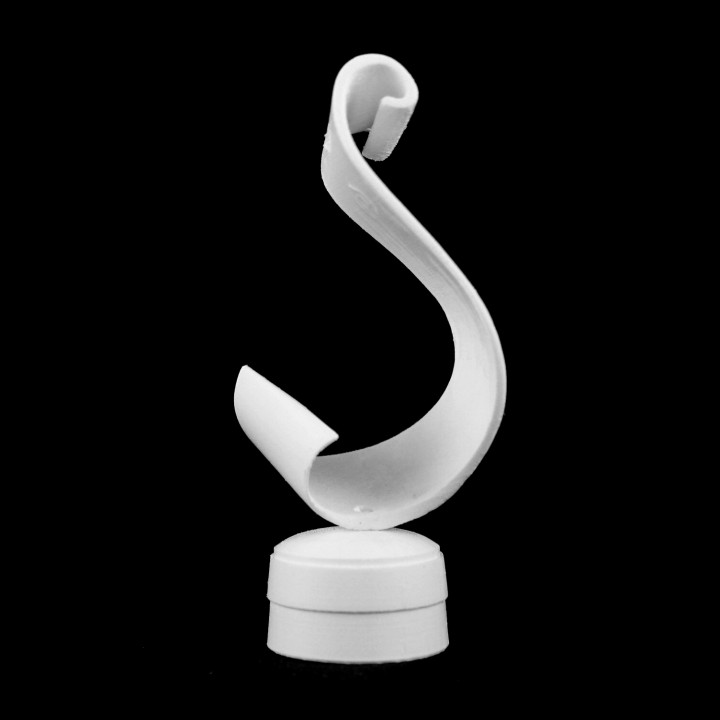
Suffragettes Scroll in Victoria, London
myminifactory
This tribute honors the fearless determination of all men and women who bravely faced ridicule, resistance, and rejection in their unwavering pursuit of voting rights for women. Many suffered physical harm and anguish as they stood resolute against overwhelming opposition. The Suffragette badge is proudly displayed on the back of this scroll, a symbol of solidarity with those who fought tirelessly for equality. Suffragettes were passionate advocates for women's suffrage movements in the late 19th and early 20th centuries, particularly in Great Britain, where members of the Women's Social and Political Union (WSPU) boldly led the charge. Suffragists, a broader term encompassing both radical and conservative supporters, male and female alike, worked tirelessly to secure voting rights for all. The term "suffragette" is most closely associated with British WSPU activists, led by Emmeline and Christabel Pankhurst, who drew inspiration from Russian protest tactics like hunger strikes. Other bold strategies employed by WSPU members included chaining themselves to railings to provoke arrest, pouring harsh chemicals into mailboxes, breaking windows at prestigious buildings, and engaging in nighttime arson at unoccupied structures. Many suffragettes were imprisoned in Holloway Prison in London, where they endured force-feeding after going on hunger strike. New Zealand was the first self-governing nation to grant women the right to vote in 1893, allowing all women over 21 to participate in parliamentary elections. Women in South Australia achieved similar rights and became the first to obtain the right to stand for Parliament in 1895. In the United States, women over 21 were permitted to vote in Wyoming's western territories from 1869 and in Utah from 1870, and by 1919, most states outside the South had extended this right. The ratification of the Nineteenth Amendment in 1920 ensured that suffrage was extended to all American women in time for the 1920 presidential election. Women over 21 were also granted the right to vote in Canada (except Quebec) from 1919. In Britain, women over 30, meeting certain property qualifications, were given the right to vote in 1918, and by 1928, suffrage was extended to all British women over 21. This object is part of "Scan The World," a non-profit initiative introduced by MyMiniFactory. Scan the World aims to create a digital archive of fully 3D printable sculptures, artworks, and landmarks from around the globe for public access at no cost. This project is an open-source community effort. If you have interesting items nearby that you'd like to contribute, email stw@myminifactory.com to learn how you can participate.
With this file you will be able to print Suffragettes Scroll in Victoria, London with your 3D printer. Click on the button and save the file on your computer to work, edit or customize your design. You can also find more 3D designs for printers on Suffragettes Scroll in Victoria, London.
